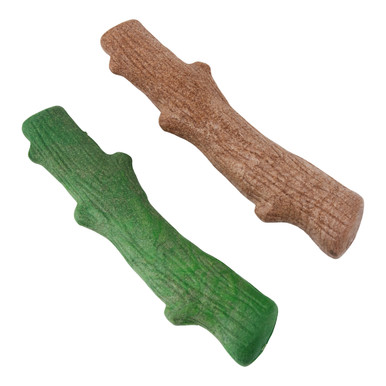Have you ever brushed your dog’s teeth? One of the commonly overlooked aspects of grooming is the consideration of a dog’s oral health. It is estimated that over 80% of dogs older than three are experiencing active dental disease.
Not only are dental disease and gum disease uncomfortable for dogs, but these painful conditions can lead to more severe health problems such as heart and liver disease.
Many small and toy breed dogs are particularly likely to develop painful and potentially serious dental conditions. However, dental health is something that all dog owners, regardless of the size of their dog, should be aware of and concerned about.
Bad breath, bleeding gums, and discolored teeth are all common symptoms that there is an underlying dental disease going on. If you notice any of these symptoms, bring them up to your dog’s DVM.
If your dog’s teeth are currently in bad shape your veterinarian may recommend professional teeth cleaning where your dog will be put under general anesthesia.
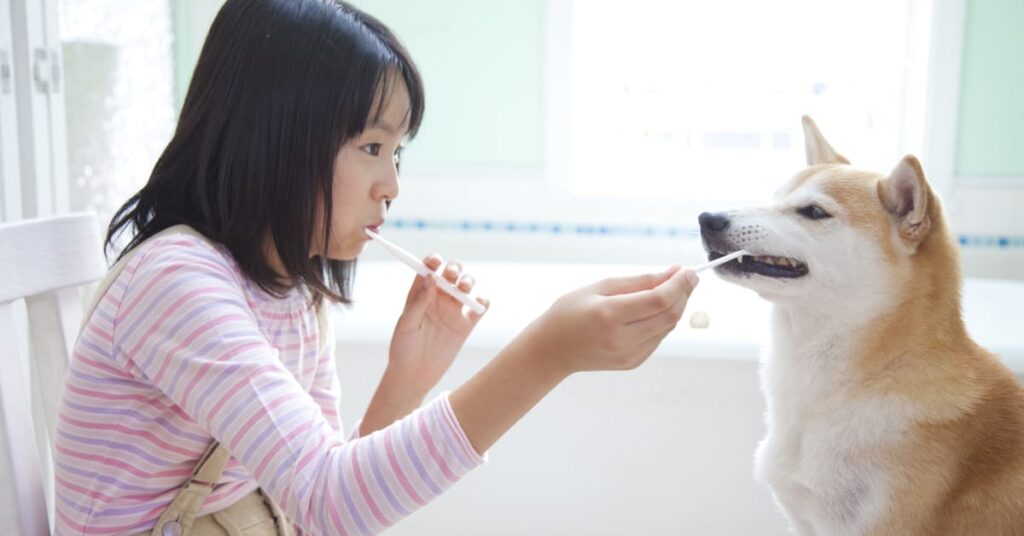
Be Proactive
The best way to prevent periodontal disease is to regularly brush your dog’s teeth at home. Although dental chews, bones, and even kibble can help reduce buildup on teeth, daily brushing is still more effective.
How often should you brush your dog’s teeth? Ideally, you should brush your dog’s teeth daily, or twice daily just as you would brush your own teeth.
Although tooth brushing can make a big difference in preserving and protecting your dog’s teeth and overall oral health, it is an aspect of grooming that is often overlooked by dog owners. Many pet owners simply don’t know that tooth brushing is something they should incorporate into their dogs’ regular grooming schedule.
Introducing Toothbrushing
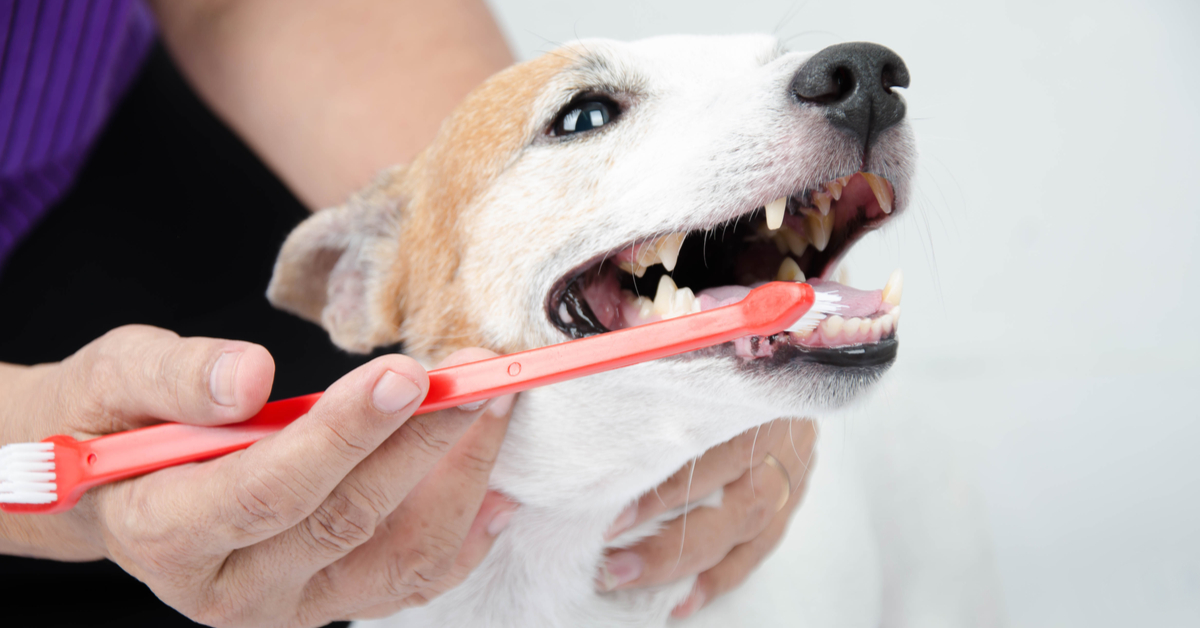
Brushing your dog’s teeth shouldn’t be stressful for you or your dog. With an intentional training plan, your dog can learn to be a willing and active participant in tooth brushing routines.
Toothbrushing Supplies
- dog-specific toothpaste
- dog toothbrush
- finger brush (optional)
To get started brushing a dog’s teeth for the first time you’ll need dog-specific toothpaste and a toothbrush.
It’s important to use toothpaste specifically developed for dogs. Most human toothpaste includes xylitol as an ingredient. Xylitol is an artificial sweeter which is toxic to dogs. Dog-specific toothpaste includes only dog-safe ingredients.
In addition, unlike people toothpaste, which is usually mint-flavored, dog toothpaste uses flavors that dogs like. Most dog toothpaste comes in flavors like beef, chicken, peanut butter, bacon, etc. For many dogs, the scent and flavor of the dog toothpaste are enough to get them engaged and excited about tooth brushing.
You’ll also need a toothbrush for your dog. When it comes to dog toothbrushes there are two main options. The first is a finger toothbrush with soft, short bristles that slips onto a dog owner’s finger like a finger puppet. The second option is a stick toothbrush that looks like a human toothbrush.
Both toothbrush options work well, and the style comes down to personal preferences for you and your dog. Some dogs will be more comfortable with one variety or another, and some owners will find one variety of toothbrushes easier to navigate than others.
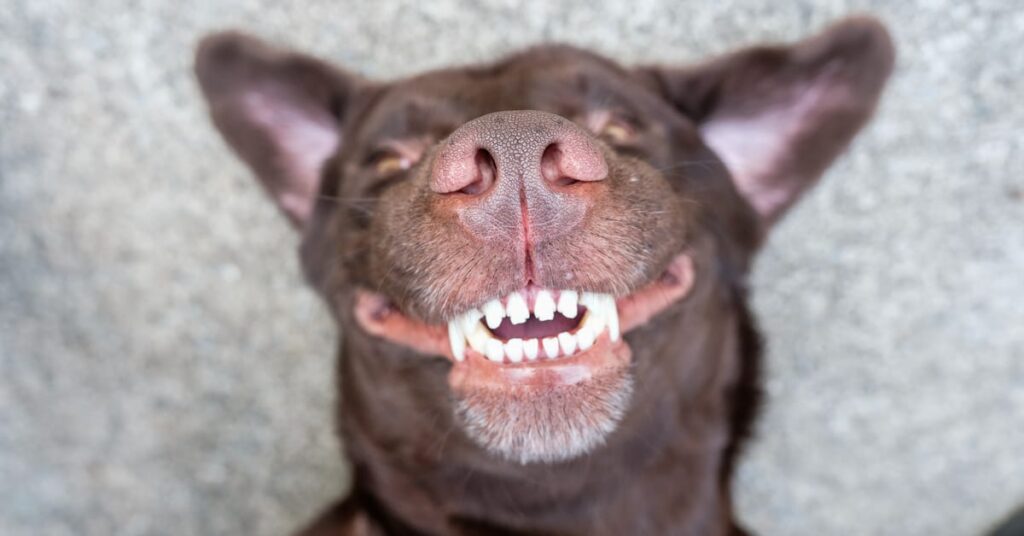
Before Brushing a Dog’s Teeth: Comfortable Handling
Before starting to brush your dog’s teeth it’s important to allow your dog to get comfortable with their mouth being handled. Some dogs will automatically be comfortable with this part of the process, whereas for other dogs this is something you’ll have to put a lot of intentional work into.
This process will depend on your dog’s temperament and comfort with being handled. If your dog is nervous or uncomfortable with any step, move the process back to the previous step.
Part I: Handling
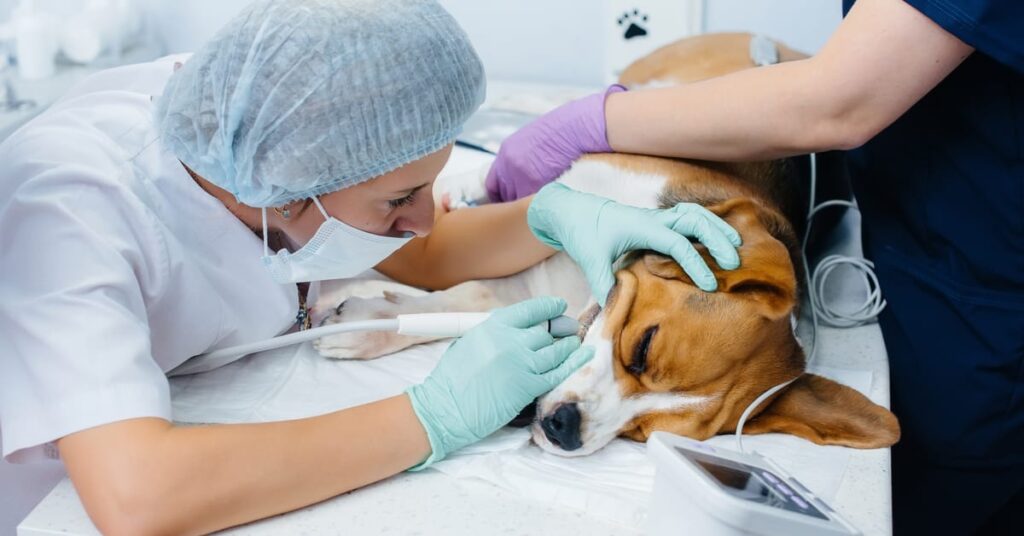
Step 1: Getting near the mouth
Start with gently touching the outside of your dog’s mouth, praise, and reward. At this stage, we just want to make sure that our dogs are comfortable with their mouth being handled. Some dogs are already used to their owners reaching into their mouths. Other dogs will be less familiar with this.
If your dog is nervous about you reaching toward their mouth you can also hold your hand out and praise/reward your dog for investigating your hand. This allows your dog to initiate the touching and avoids any discomfort from you reaching toward them.
Continue until your dog is coming to your hand enthusiastically and allowing you to touch their mouth.
Step 2: Handling the inside of the mouth
When your dog is comfortable with you touching the outside of their mouth, it’s time to progress handling the inside of your dog’s mouth.
Gently lift your dog’s lip then praise and reward. Keep a gentle and upbeat tone of voice and approach to keep your dog engaged and interested in the activity.
As you are touching your dog’s mouth, practice lifting different parts of your dog’s lips and continue to praise and treat your dog.
Step 4: Touching the teeth
After a few sessions of lifting your dog’s lip, next touch your dog’s teeth with your finger, praise, and treat. Touch the front, side, and back teeth.
For some dogs, this is a weird sensation, and other dogs won’t be phased at all by the prospect of you reaching into their mouth.
Once your dog is comfortable with you using your fingers to move their lips, touch their teeth, and manipulate their mouth, it’s time to introduce the toothbrush.
Part II: Introducing the Toothbrush
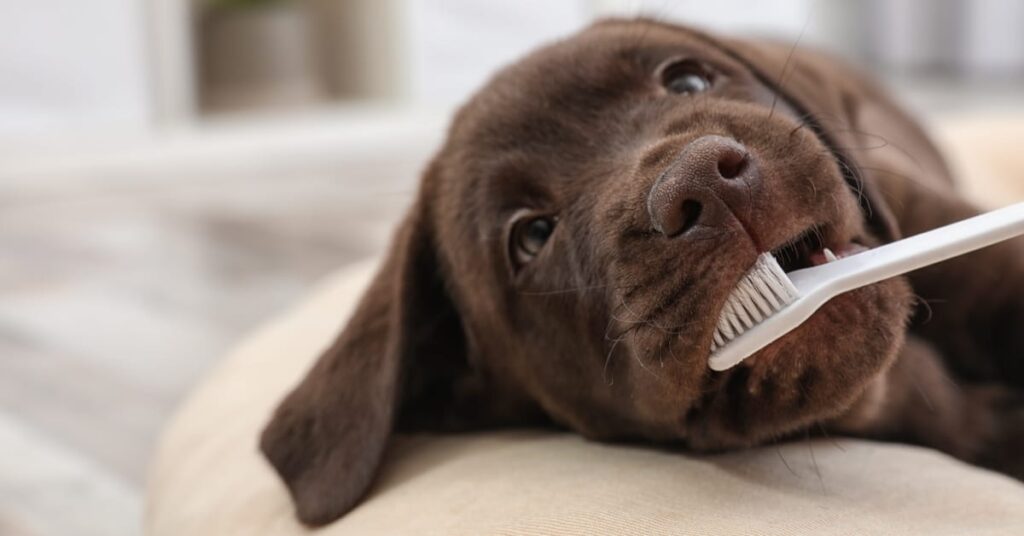
Step 1: Let your dog explore the toothbrush in your hand and praise and treat your dog for looking at/sniffing/engaging with the toothbrush.
Step 2: Next, put some toothpaste onto the toothbrush and praise/reward your dog for any interest in the toothbrush including sniffing and mouthing at it.
Step 3: Next lift your dog’s lip, touch the outer surface of a tooth with the toothbrush, and praise and treat your dog.
Step 4: Just as you accustomed your dog to lifting lips and touching their teeth earlier, repeat with the toothbrush.
Step 5: When your dog is comfortable with the toothbrush touching all around their mouth you can start to gently brush and then praise and treat.
Step 6: Continue practicing until you can brush all areas of your dog’s mouth and gum line.
If at any point your dog stiffens, shows signs of discomfort, or tries to get away from the toothbrush, back up to a previous step where they are comfortable and engaged. Practice at this stage for a couple of sessions before moving to the next step again.
Keep up with Your Dog’s Dental Health

Once your dog is comfortable with the toothbrush being in their mouth you can start to incorporate toothbrushing into your dog’s regular routine. Regular tooth brushing can help prevent tartar and plaque buildup.
Don’t overlook your dog’s dental care. Some brushing is better than no brushing. But just like with our own dental hygiene, the more frequently you can brush your dog’s teeth the better.
At a minimum try to add tooth brushing to your regular grooming routine (nails, ear cleaning, brushing, etc.). Ideally try to work up to finding time to brush their teeth once, if not twice a day.
It’s not only good for their oral hygiene but for their overall health.
For in-between brushing sessions for dogs & teething puppies
Dogwood Wood Alternative Dog Chew Toy, Original & Fresh Breath 2-pack, Multi, Large
$24.99 $12.50
A safe and long lasting alternative to chewing real wood sticks, Petstages Dogwood product line has all the taste and texture of a natural tree branch, but will last much longer and won’t splinter and cause potential harm to your beloved pup. Made in the U.S.A. to ensure quality and care, Dogwood combines real wood with lead-free and phthalate-free synthetic strength, making it a chew toy favorite…
Orka Mini Dental Dog Chew Toys – 3 Pack, Multi, Mini
$14.99 $10.99
Petstages chew toys satisfy your dog’s natural instinct to chew with a wide variety of innovative and durable toys that enhance their dental health and keep dogs occupied with appropriate chewing solutions. The ergonomic design and shape make it easy for dogs to hold between their paws as they gnaw away on the chew toy. Great for dogs that love to chew, the Liver Branch occupies dogs as much as it…
